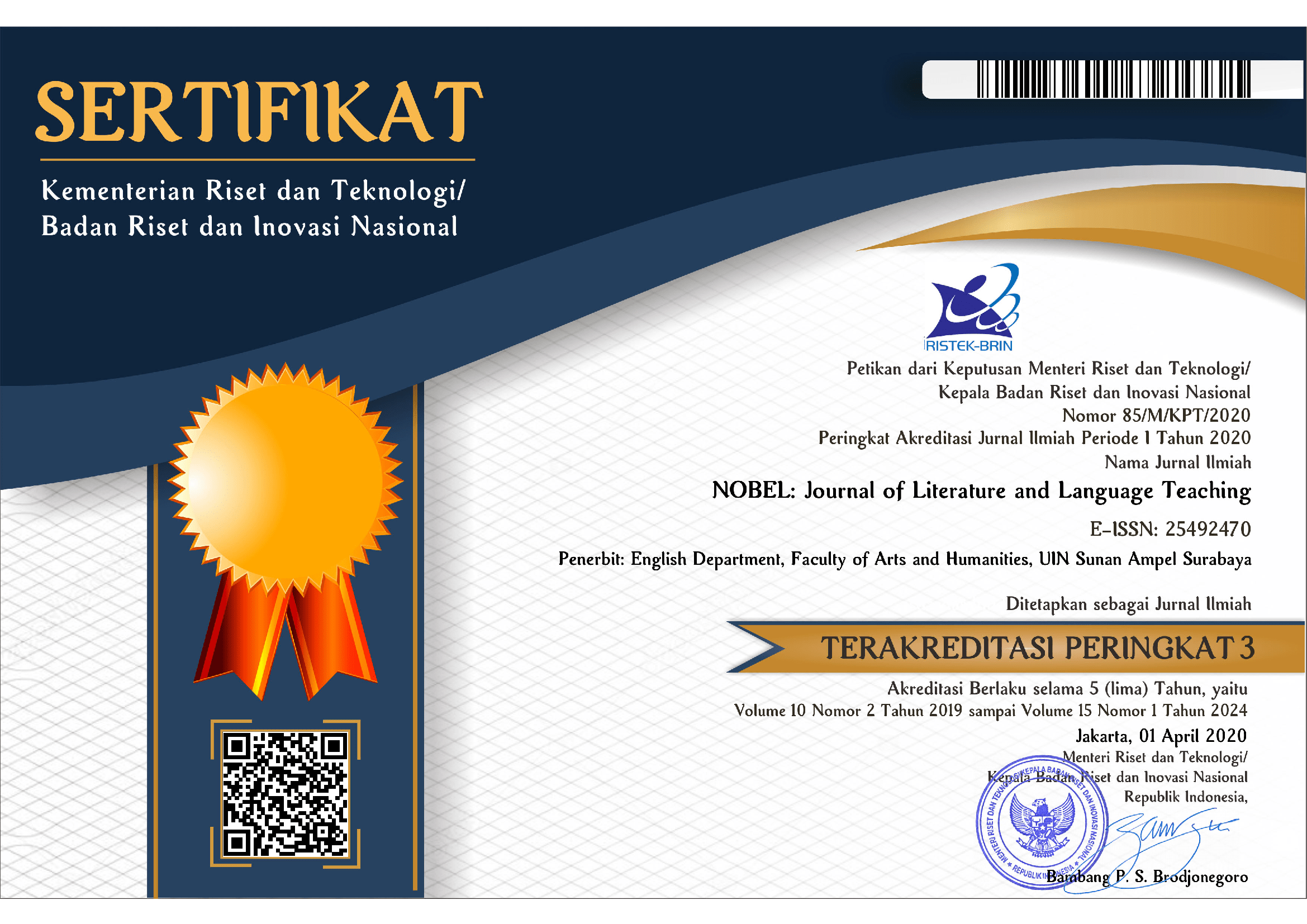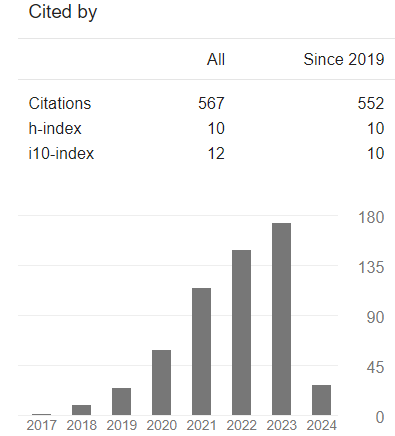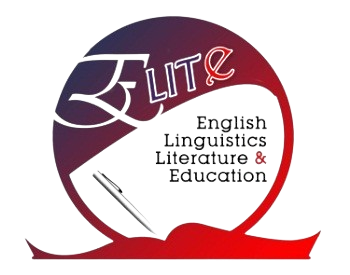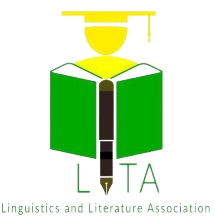The Heroine’s Monomyth: A Study of Buchi Emecheta’s Kehinde
DOI:
https://doi.org/10.15642/NOBEL.2023.14.2.133-148Keywords:
African literature, myth, heroine, Kehinde, hero's journeyAbstract
Classical and African myths and legends recognize and acknowledge male heroes. The male’s role as protector and keeper of the traditions and cultures of the society accords him the opportunity to embark on heroic journeys. The female’s role as caretaker of the family and the home makes her more docile. Using a close textual analysis on the content of Emecheta’s Kehinde, from the perspective of the Hero’s Journey (Campbell, 1968), the researchers bring to bear the heroic capabilities of females. The paper asserts that Emecheta fashions the protagonist’s journey in a series of departures that help her obtain the ultimate boon. Kehinde’s journey highlights the idea of racial discrimination, patriarchal and cultural shackles, freedom, identity as well as self-love. The paper concludes that the heroine undergoes a non-lineal and unpredictable journey to attain self-discovery, growth, and development.
Downloads
References
Adichie, C. N. (2003). Purple hibiscus. Algonquin Books Kachifo Limited.
Agonito, R. (1977). History of ideas on women: A source book. Thomas Hobbes.
Aidoo, A. A. (1969). The girl who can: And other stories. Heinemann.
Bâ, M. (1981). So long a letter. Heinemann.
Beauvoir, S. De. (2011). The second sex. Knopf Doubleday Publishing Group.
Campbell, J. (2008). The hero with a thousand faces. New World Library.
Chang, L. (2004). Female bildungsroman: Doris Lessing’s Martha quest vs. Theresa Hak Kyung Cha’s Dictee. South Asia Journal, 24, 179–193. https://catalog.digitalarchives.tw/item/00/4a/fd/b1.html
Chang, S. (2004). Casting off the shackles of family: Ibsen’s Nora figure in modern Chinese literature, 1918-1942. Peter Lang.
Dinurriyah, I. S., & Jannah, R. (2023). Relationship between masculinity and femininity depicted in Paulo Coelho’s Brida. NOBEL: Journal of Literature and Language Teaching, 14(1), 19–27. https://doi.org/10.15642/NOBEL.2023.14.1.19-27
Emecheta, B. (1974). Second-class citizen. Heinemann.
Emecheta, B. (1994). Kehinde. Heinemann.
Fishwick, M. W. (1954). American heroes: Myth and reality. Public Affairs Press.
Fonchingong, C. (2013). Unbending gender narratives in African literature. Journal of International Women’s Studies, 8(1), 134–147. https://vc.bridgew.edu/jiws/vol8/iss1/10
Funnell, L. (2011). “I know where you keep your gun”: Daniel Craig as the Bond–Bond girl hybrid in Casino Royale. The Journal of Popular Culture, 44(3), 455–472. https://doi.org/10.1111/J.1540-5931.2011.00843.X
Goldberg, L. (2009). The hero’s journey: Tracing the history of the myth to the celebrity [York University]. https://rshare.library.torontomu.ca/articles/thesis/The_hero_s_journey_tracing_the_history_of_the_myth_to_the_celebrity/14661240
Julien, E. (1995). African literature. In P. M. Martin & P. O’Meara (Eds.), Africa (pp. 295–312). Indiana University Press.
Jung, C. G. (1971). Psychological types (Vol. 6). Princeton University Press.
Murdock, M. (1990). The heroine’s journey: Woman’s quest for wholeness. Shambala Publication, Inc.
Noble, K. (1994). The sound of a silver horn: Reclaiming the heroism in contemporary women’s lives. Ballantine Books.
Pearson, C., & Pope, K. (1981). The female hero in American and British literature. Bowker.
Polster, M. (2001). Eve’s daughters: The forbidden heroism of women. Gestalt Journal Press.
Raglan, F. R. S. (2011). The hero: A study in tradition, myth and drama. Dover Publication, Inc.
Selasi, B. D. (2021). Feminism in the works of African female playwrights [University of Ghana]. https://afribary.com/works/feminism-in-the-works-of-african-female-playwrights
Shadraconis, S. (2013). Leaders and heroes: Modern day archetypes. LUX: A Journal of Transdisciplinary Writing and Research from Claremont Graduate University, 3(1), 1–13. https://doi.org/10.5642/lux.201303.15
Strecher, M. C. (1999). Magical realism and the search for identity in the fiction of Murakami Haruki. Journal of Japanese Studies, 25(2), 263–297. https://doi.org/10.2307/133313
Vogler, C. (2007). The writer’s journey: Mythic structure for writers. Michael Wiese Productions.
Willey, N. (2000). Ibuza vs Lagos: The feminist and traditional Buchie Emecheta. Journal of the Association for Research on Mothering, 2(2), 155–166. https://citeseerx.ist.psu.edu/document?repid=rep1&type=pdf&doi=bd0900ecb81d09ef3ea0221ada14534793931dc2
Winfield, B. H., & Hume, J. (1970). The American hero and the evolution of the human interest story. In T. P. Greene (Ed.), America’s Heroes: The Changing Models of Success in American Magazines (pp. 79–99). Oxford University Press.
Wolfe-Devine, C. (1989). Abortion and the “feminine voice.” Public Affairs Quarterly, 3(3), 81–97. https://www.jstor.org/stable/40435721
Wollstonecraft, M. (1972). A vindication of the rights of woman: With strictures on political and moral subjects. A. J. Matsell.
Wulan, N. (2023). Articulating the suppressed voices of the indigenous: Maori cultural identity in Patricia Grace’s Baby no-eyes. NOBEL: Journal of Literature and Language Teaching, 14(1), 45–55. https://doi.org/10.15642/NOBEL.2023.14.1.45-55
Downloads
Published
How to Cite
Issue
Section
License
Copyright (c) 2023 NOBEL: Journal of Literature and Language Teaching

This work is licensed under a Creative Commons Attribution 4.0 International License.







